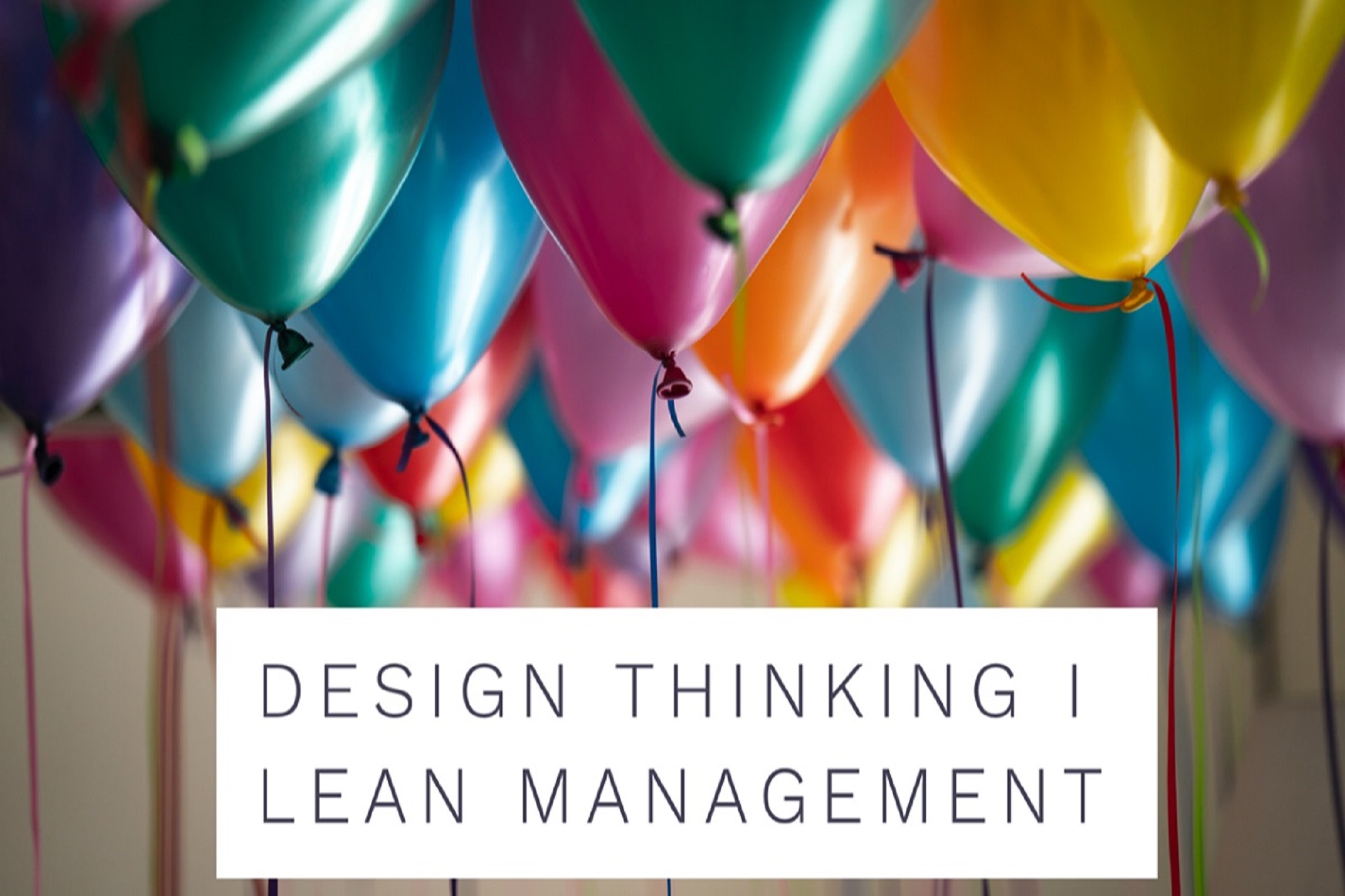
Design Thinking and Lean Management
The concept of Lean Management is now mainly associated with process optimization and minimizing quality errors by eliminating waste.
Table of Contents
1. Customer orientation
We often forget its main aspect, which is customer orientation and what the customer perceives as added value to the product or service. Value and customer focus are also the main determinant of activities in the lean Design Thinking technique. The first two steps we take when designing according to this methodology are precisely empathy and needs diagnosis.
Empathy and needs diagnosis, that is, putting the user from the center of attention. It is during the process of empathy that we can find the most inspiring ideas for new products and services, which, among the crowd of other solutions, will distinguish innovation. When conducting Lean Management implementation workshops, the customer is not only the ultimate user of the product, but also the operator assembling the product. Understanding the problems that arise during production (empathy) and trying to solve them leads to improved working conditions, increases the repeatability of the activities performed and thus increases quality. By listening and collaborating we can gain the most
2. The team – key to finding solutions
Design Thinking prompts us to generate ideas and experiment at the prototyping stage. With an interdisciplinary team, we can achieve much more. The most interesting experience in both lean workshops with Design Thinking and the concept of Lean Management is the combination of different perspectives, inviting people from different departments, with different backgrounds, to work together. Open brainstorming helps create a list of the most non-obvious solutions.
3. “Try and error”
“Try and error” these words are the basis for successful implementation of any solution. Go and try, see what the user’s reaction will be. Don’t try to come up with the perfect solution right away, but let the recipient help you refine it. This is what Design Thinking urges us to do. We often do the same when designing new lean solutions. The first handles or feeders are made from cardboard and attached to the workstation with duct tape, and many times we leaners become the conveyor for a while. Why? To test the solution, get out from behind the desk and test our ideas.
At the end of the day, whether with the lean Design Thinking technique or other lean activities, we get, something that is most valuable – feedback. The solution testing stage requires an openness to listening and accepting user feedback. At this stage, we should forget about being attached to the solution we present and focus on improvement. Continuous improvement, which Deming described in the PDCA (plan, do, check, act!) scheme, is the driving force behind both Design Thinking and the concept of Lean Management.

